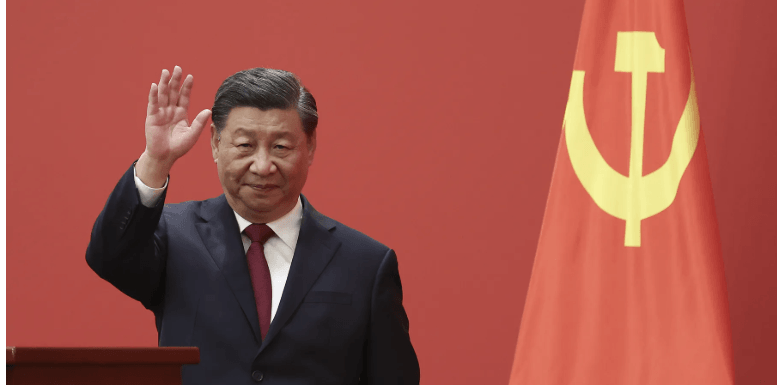Kenya and the East African region are expected to gain from easing container rates in the global market, which could see commodity prices drop on reduced import costs.
This is after close to three months of high trading rates where the global container index hit an all-time high in January, mainly pegged on the disruption in the global maritime industry that was caused by the Houthi rebels attacks in the Red Sea.
The attacks on vessels which began in mid-December, in response to Israel's bombardment of Gaza, saw shipping lines avoid the Red Sea and Suez Canal, a key route for ships to Mombasa and the East African coastline.
This, coupled with the Chinese New Year last month that reduced global trade and freight adjustments made by shipping lines to recover costs of re-routing vessels to avoid attacks, pushed up overall freight costs as container costs rose by up to 260 per cent.
Latest market trends however indicate container rates are expected to fall this month into April by between six and 18 per cent depending on locations, with a higher percentage of decline expected in Asia, a leading import source for Kenya.
This means importers in the country are likely to enjoy lower freight costs, with gains on the much stable shilling against the US dollar, adding to a possible drop in commodity prices.
The shilling has strengthened from an average Sh160 last month to Sh142 against the US dollar.
According to the Container Price Sentiment Index by Container xChange, a technology firm that offers container trading and leasing platform, the drop is however lower compared to the traditional trends where freight rates typically fall by 30 per cent every year from February to March and into April, on reduced demand.
“Continued decline in rates is expected, although not crashing,” the global firm indicated.
In the shipping industry, March is a transitional period following the Chinese New Year, which has historically led to a slowdown in manufacturing and shipping activity in China.
This can cause a temporary decrease in demand for shipping services.
“However, as businesses resume operations after the holiday, there can be a surge in demand for shipping, particularly for goods that need to be restocked after the holiday period,” explained Christian Roeloffs, cofounder and CEO of Container xChange.
Additionally, March is often considered the beginning of the contract season for many shipping companies, where annual contracts are negotiated and finalised for the upcoming year.
This can influence shipping rates and capacity utilisation in the industry.
“While March can be a period of increased demand compared to the immediate post-Chinese New Year, it is not considered as robust as other peak seasons like the pre-holiday period leading up to Christmas,” noted Roeloffs.
Between December and February, Ports in China, Kenya’s biggest single import source, had the highest increases in container leasing prices, which went up from an average $1,200 (Sh171,600) to above $1,600 (Sh228,800).
Kenya imported goods worth Sh452.6 billion from China in 2022, the Economic Survey 2023 indicates.
Key imports include electrical, electronic equipment, machinery, nuclear reactors, plastic, footwear, ceramics and railway equipment.
The Shippers Council of Eastern Africa (SCEA) is optimistic about a strong international trade performance this year despite the geo-political tensions that have caused disruptions in the maritime industry.
“Shippers are encouraged to plan their imports and thus help reduce the storage costs paid and which is a reflection of inefficiency on the part of the shippers and service providers,” acting CEO Agayo Ogambi said.
According to the SCEA, the disruption in the Red Sea and Suez Canal has had a major impact as vessels re-routed through West African maritime route, while others call at Djibouti to avoid going through Suez.
Over the last 30 days (February 2024), container prices rose by 10 per cent in Northeast Asia, seven per cent in Oceania, and 2.5 per cent in Southeast Asia, remaining stable in North America.
However, prices declined in Europe (5-7 per cent), Japan and Korea (five per cent), and the Middle East and ISC region (2.4%).
Kenya being a net importer, drops in freight costs go a long way in easing commodity prices, which are among the drivers of inflation in the country, which slightly eased to 6.3 per cent in February, from 6.9 per cent in January.
While Central Bank of Kenya governor Kamau Thugge noted that headline inflation has continued to decline, due to tight monetary policy and lower commodity prices, particularly of oil and food, there remains risks.
"The main risks to the global growth outlook relate to the continuing effects of tight monetary policy, the withdrawal of fiscal support in advanced economies, and increased uncertainties arising from the escalation of geopolitical tensions, particularly the Israel-Palestinian conflict," he noted in the recent Monetary Policy Committee briefing.












